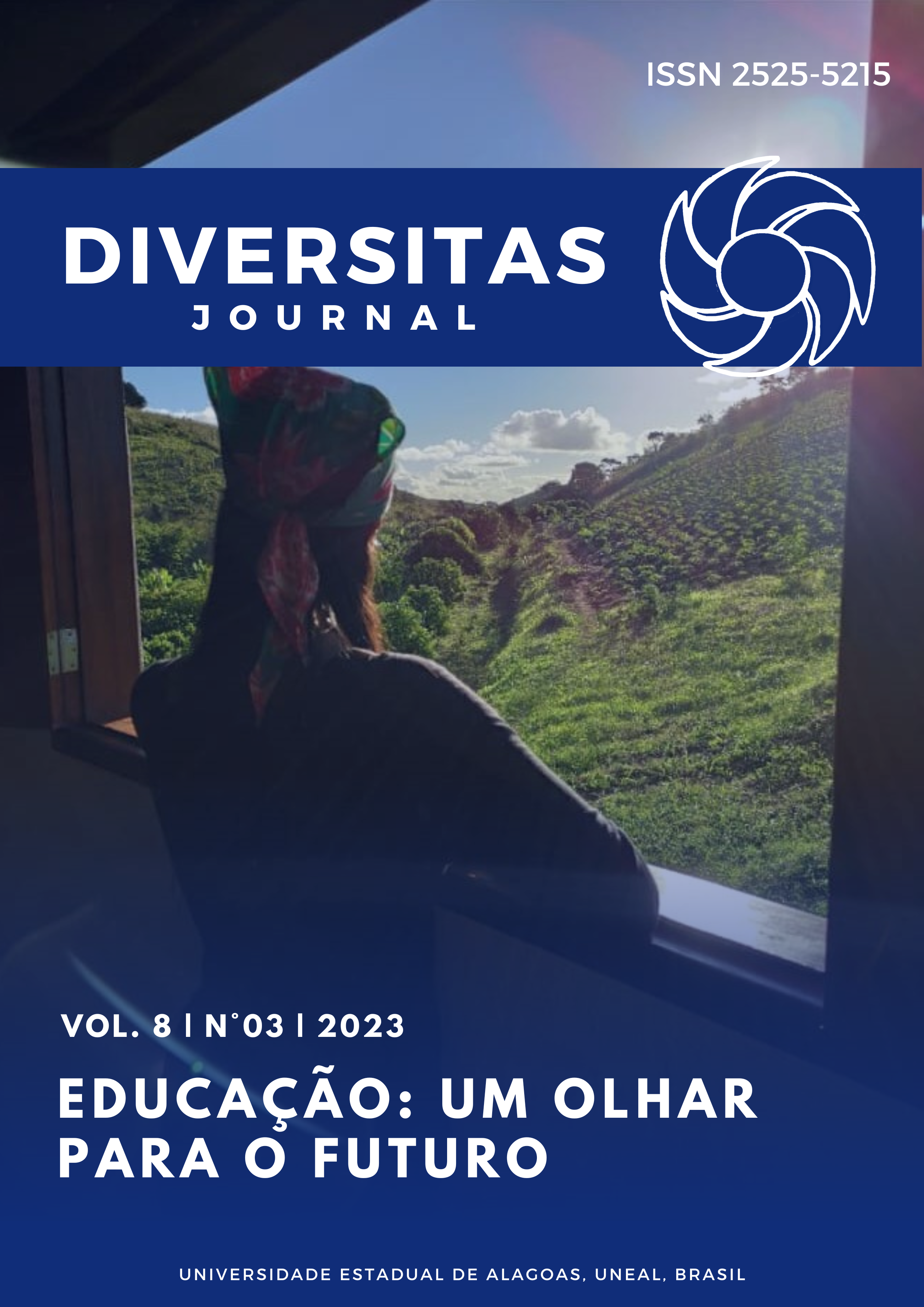Metaphors in Juan Luna’s Works
A Semiotic-Hermeneutic Analysis
DOI:
https://doi.org/10.48017/dj.v8i3.2677Keywords:
Juan Luna, semiotic-hermeneutic, painting, nationalismAbstract
Juan Luna was a major force of painting tradition in the Philippines particularly in the late 19th Century. Like his colorful paintings, his life was also interestingly complicated which scholars and historians were fond of studying about. His paintings are known to be packed with symbolism. In this study, I tried to interpret the painter's works and the intricacies of his life as a nationalist and as a private person. By employing semiotic-hermeneutic interpretation, an exposition of various symbols embedded in his works and what they signify was made. As gleaned in the works interpreted, messages and contents were conveyed and made powerful through his visual metaphors. Apparently, Luna concealed his nationalistic ideas and his innermost feelings in his work.Metrics
References
Barthes, R. (1986). Elements of Semiology. Translated from French by Annette Lavers and Colin Smith, 11th Edition. New York: Hill and Wang.
Demeterio, F. (2014). Ang Hermenyutika nina Schleiermacher at Dilthey bilang Batayang Teoretikal sa Araling Pilipino. Kritike, 5, no.1. Manila: University of Santo Tomas.
Epistolario Rizalino, Vol, V. Part 2, p422.
Flores, P. (nd) Juan Luna's Parisian Life and the Production of Property, A Piece of History, Department of Art Studies, University of the Philippines, docs.google.com
Foreman, J. (1906). The Philippine Islands, A Political, geographical, Ethnographical, Social and Commercial History of the Philippine Archipelago, New York: Charles Scribner’s Sons.
Gaceta de Madrid, no. 164, 12/06/1884, p. 694.
Krampen, M. (1987). Ferdinand de Saussure and the Development of Semiology. In: Krampen M., Oehler K., Posner R., Sebeok T.A., von Uexküll T. (eds) Classics of Semiotics. Topics in Contemporary Semiotics. Springer, Boston, MA.
Leon, G. (1974). The First Filipino: A Biography of Jose Rizal (5th Ed). Manila: National Historical Commission.
Joaquin, N. (1980). The Archetypal Filipino, in Juan Luna the Filipino as Painter by Santiago A. Pilar. Manila: Eugenio Lopez Foundation.
Santiago P. (1980). Juan Luna The Filipino as Painter, Manila: Eugenio Lopez Foundation.
Schumacher, J. (1973). The Propaganda Movement, 1880-1895: the creation of a Filipino consciousness (1997 ed.). Manila: Ateneo de Manila University Press.
Stanford Encyclopedia Philosophy. Available at https://plato.stanford.edu/entries/peirce-semiotics/#SigEleSig
Viray, JRB. (2014) Spoliarium: Luna’s Futuristic Vision. PUP Monograph Series, Manila: Polytechnic University of the Philippines.
Downloads
Published
How to Cite
Issue
Section
License
Copyright (c) 2023 Joseph Reylan Viray

This work is licensed under a Creative Commons Attribution 4.0 International License.
The Diversitas Journal expresses that the articles are the sole responsibility of the Authors, who are familiar with Brazilian and international legislation.
Articles are peer-reviewed and care should be taken to warn of the possible incidence of plagiarism. However, plagiarism is an indisputable action by the authors.
The violation of copyright is a crime, provided for in article 184 of the Brazilian Penal Code: “Art. 184 Violating copyright and related rights: Penalty - detention, from 3 (three) months to 1 (one) year, or fine. § 1 If the violation consists of total or partial reproduction, for the purpose of direct or indirect profit, by any means or process, of intellectual work, interpretation, performance or phonogram, without the express authorization of the author, the performer, the producer , as the case may be, or whoever represents them: Penalty - imprisonment, from 2 (two) to 4 (four) years, and a fine. ”


















